The Thai Lersi and The Indonesian Resi
The Thai word ‘lersi’ (or ‘ruesi’) and the Indonesian equivalent ‘resi’, are both derived from the Indian ‘ṛṣi’, or ‘rishi’. Originally it is a term used to define a seer. But since the seers spent most of their time in seclusion, society labelled them as reclusive, i.e. a hermit. The traditional hermit, then, is someone who stands outside of society, and devotes himself to the practice of world renunciation. He thus strives to attain liberation through performing ascetic practices, such as vasting, self-denial, yoga, meditation.
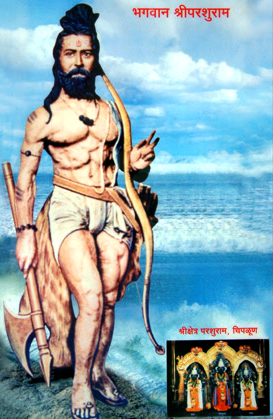
If, however, we examine the contemporary situation for the lersi in modern day Thailand, then it becomes clear that the traditional role of the seer has altered significantly throughout the centuries. It seems that, today the lersi have become an integral part of Thai Hindu-Buddhist beliefs, and as such they play an indispensable role in the performance of rituals. But this may at first seem a rather radical change; from originally being a reclusive, the lersi suddenly turned into an important spiritual person who is actively involved in social matters. Though, in fact, in ancient times, the lersi have always been important mediators and spiritual mediums in the royal court of Thailand.
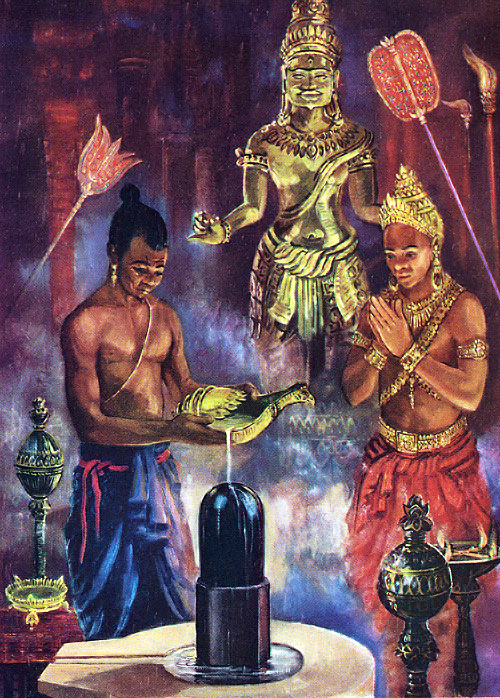
This is a tradition which dates back to the Cambodian Angkor Dynasty, when the Khmer rulers often used to consult Brahmin priests for advice. But where the Cambodian lersi were (Brahmin) priests of an institutionalized religion (Hinduism), the Thai lersi are certainly not regarded as strictly Hindu or Brahmin ascetics, for their form of practice has become inseparable from Buddhist and already existing animist beliefs.
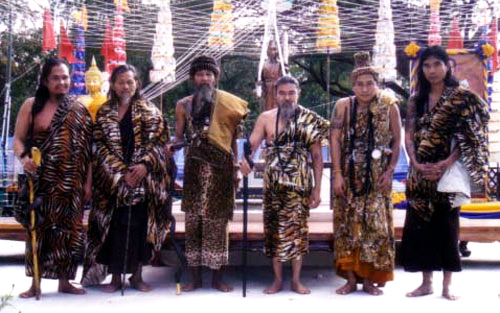
The same goes for the Indonesian resi, who once were important spiritual advisors in the time of the great Hindu empires of Singosari (1222–1292 CE) and Mojopahit (1292–1500 CE), but later, after the arrival of Islam on Java in the early sixteenth century, returned back to the forest, where they would hide to avoid persecution. Not surprisingly, the word ‘resi’ soon became a taboo, because the general meaning implied a practitioner of Hindu beliefs. Hence, the term ‘resi’ was now being used only to refer to the mythical saints from the past, namely those of the famous Hindu epics, the Rāmāyaṇa and the Mahābhārata. And so, the Indonesian resi became key figures in the mystical Kejawen teachings.
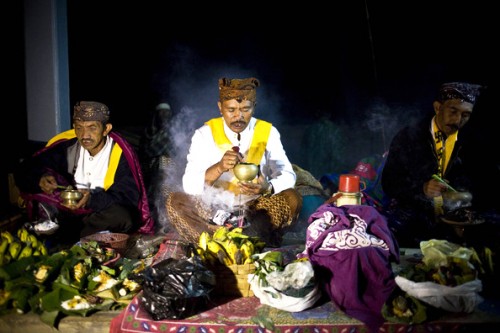
Yet the resi practitioner did not entirely disappear from the scene in Javanese society. On the contrary, although they are now rarely called ‘resi’, people are still very much familiar with the spiritual hermit, but rather do they refer to them as ‘dukun’ instead. A dukun, however, is a hermit in a broader sense; he is an ascetic, a yogi, a shaman, and a herbalist. And just like Thai lersi, they make and consecrate amulets and talismans, produce alternative medicine, perform ritual ceremonies, and provide astrological counseling. Both the Thai lersi and the Indonesian resi or dukun, are believed to be spiritual mediums with powerful psychic abilities.
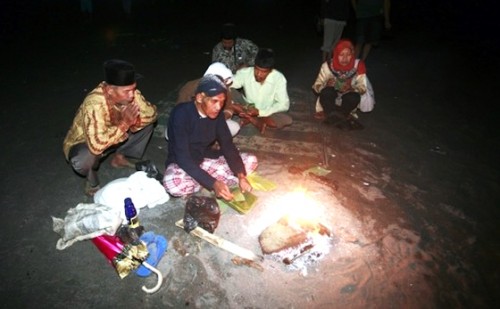
But obviously, in Thai Buddhist society there is more room for mystics, and thus the lersi have successfully managed to establish an ashram of their own within contemporary society. In Indonesia, however, society generally seems to be less tolerant in regard to the path of the resi, which is why they often choose to remain more in the background. Unlike in the city of Bankok in Thailand, where one can relatively easy find several addresses of various ashrams, the resi in Indonesia usually reside in far more remote areas away from the big cities. But perhaps, precisely because of reasons as such, the ancient traditions of the Indonesian resi have been well preserved throughout the centuries, and are still being practiced according traditional method to this very day.
Author; Mas Rodin (Indo Magic, Dukun.Com)